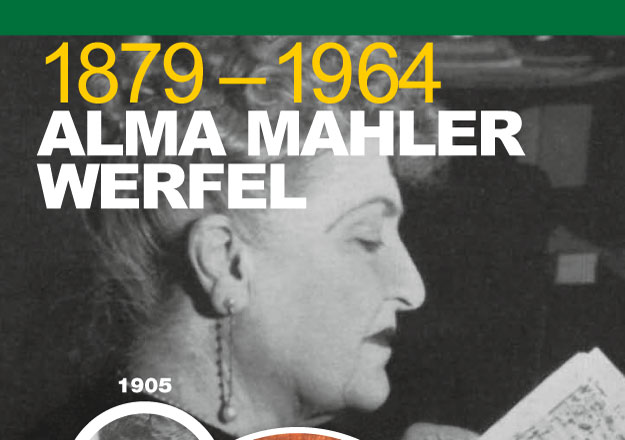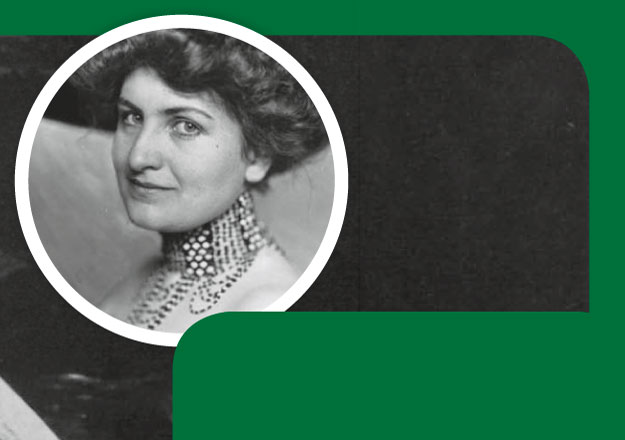| ALMA ON TOUR HISTORY PRESS PHOTOS VIDEO INFORMATION TICKETS | ||
 |
 |
|
 |
 |
|
||||||||||
|
||||||||||
| Born in Vienna, on August 31st 1879, Alma grew up in a privileged environment. Gustav Klimt, brilliant Jugendstil painter, used to be in and out of her parents' house, stealing a very first kiss from her, while composer Alexander Zemlinsky was her composition tutor and became her first lover. "The most beautiful girl in Vienna", they called Alma. And few women have ever become so deeply involved with so many famous men as her. Alma took a bold step, causing a sensation in the Vienna of the day when in 1902 she married Gustav Mahler who, as Director of the Royal Opera, held one of the most powerful positions in the Viennese music scene. The price she paid was high. She had to give up her own artistic aspirations, and the desire to become a composer herself was nipped in the bud. Alma gave Mahler two daughters, one of whom died young, while the other, Anna, became a sculptress. After eight years of marriage, in 1910, Alma sought consolation for all her years of disappointment in the arms of the young German architect Walter Gropius who, with the Bauhaus movement, later had a major impact on modern architecture. The two became utterly absorbed in unbridled nights of love. The result of this was an encounter between Gustav Mahler and Sigmund Freud, who was consulted by Mahler after the revelation of the relationship between Alma and Gropius. Mahler died shortly afterwards, in 1911. In 1912 Alma began a passionate affair with the enfant terrible of the Viennese art scene, the young painter Oskar Kokoschka. Apart from countless paintings and drawings which testify to this anguished relationship, there was also a saucy life-size doll, a faithful reproduction of Alma down to the most intimate details, which Kokoschka had made in 1919 in order to console himself for the loss of his loved one. Alma's next marriage was to Walter Gropius. During all the years in which he was revolutionizing the world of architecture, she remained at his side. Yet neither did this liaison endure. After she had given birth to the beautiful, short–lived daughter MANON, the once so passionate relationship ended in agony and alienation. At the age of 50, Alma was married a third time to Jewish poet Franz Werfel, author of the novels »The Song of Bernadette« and »The 40 days of Musa Dagh«, as well as successful theater plays such as »Jacobowsky and the Colonel«. Werfel saw in Alma his saviour, a goddess whom he was allowed to worship. The burning of his works, followed the seizing of power by the Nazis, forced Werfel 1940 into exile with Alma in the USA. Settling in Hollywood, he was to die there in 1945. In 1952 Alma Mahler-Werfel retired to New York, where she stayed to spend the last years of her life. There she exposed all the trophies she had collected throughout her life: paintings of Oskar Kokoschka, scores of Gustav Mahler, manuscripts of Franz Werfel, and love letters of Walter Gropius. On December 11th 1964, Alma died in her apartment in Manhattan. |